Share
Health Care at the Intersections: Providing better care to the 2SLGBTQ+ community
Back to MessengerBy Dr. Michael Marshall, MBBS, MRCPsych, CCT, PGDip (Mental Health Law), MSc – Public Health (2023)
Read time: 4 minutes
Accessing health care can be difficult for people who exist at the margins and intersections of society. 2SLGBTQ+ and QTBIPOC people have many identities that overlap and intersect to result in a person who is uniquely challenged by each of the difficulties faced by each of their intersections.
Intersectionality—a term coined in 1989 by Kimberlé Crenshaw in her seminal legal paper—argues that people do not live single issue lives. The idea of intersectionality is not a new one, and was discussed by Black poet and author Audre Lorde in 1982. To this day, intersectionality continues to impact how 2SLGBTQ+ and QTBIPOC people access, use and engage with health care.
QTBIPOC and other 2SLGBTQ+ individuals face many diverse challenges. We know from the US Transgender Survey of 2015 that one third of gender-diverse individuals identify as transfeminine, one third identify as transmasculine, and the remaining third identify as nonbinary. This was the largest survey of its kind, with 30,000 respondents; for the first time, it identified the percentage of the population that identifies as nonbinary. The nonbinary population is often unseen in health care and, as such, their healthcare needs can go unmet. Further, 2SLGBTQ+ folks find they are often excluded in forms and data collection, especially relating to spouses, race and other personal demographics. The Trans Pulse Survey, the largest and first of its kind in Canada, revealed that trans* individuals avoid health care due to their own negative experiences with providers or the negative experiences of others. The survey also showed that having to educate their healthcare professionals is an unwanted task.
The reasons for the negative experiences of 2SLGBTQ+ individuals are multifold. One reason is there are, on average, two to three hours of 2SLGBTQ+ health education in medical schools across North America. As such, the normalization of 2SLGBTQ+ lives for healthcare providers does not occur, leading to such health care being considered out of the ordinary and somehow different or difficult. The use of 2SLGBTQ+ case examples for straightforward education in cardiac care—or any other care—should be made the norm because such cases in vivo are the norm.
The lack of awareness regarding intersectionality and the difficulties discussing privilege pose additional challenges for 2SLGBTQ+ and QTBIPOC individuals. It cannot be overstated that people are the sum total of their many different parts—a black, immigrant, under-housed 2SLGBTQ+ person faces different challenges than a middle-aged white male. When we see that the paths walked by our patients are different based on their many intersections, we offer better care.
Structural and institutional stigma also contribute significantly to the challenges faced by marginalized individuals. The sanctioned lack of accessible care has disproportionally affected the 2SLGBTQ+ community. The Trans Pulse Survey showed that the 2SLGBTQ+ community is under-employed and under-housed, amongst other disadvantages, irrespective of level of education. Therefore, those accessing paid healthcare options such as psychology, which are integral to the provision of medical care, still face significant structural barriers.
As healthcare professionals, it is our responsibility to provide the best possible care for our patients, which includes advocating for better access to care in the first place. It also involves providing safe, compassionate care to all individuals, including the 2SLGBTQ+ and QTBIPOC community. In order to achieve these goals, we must undertake further education and widen our scope of understanding.
We can do better. We must do better. I chose to establish The Wellness Centre with my colleagues to offer this care as my contribution, but not all interventions have to be this big. All help is welcome. Listed below are some ways in which we, as physicians, can better serve the 2SLGBTQ+ and QTBIPOC population:
- Donate to nonprofit organizations that serve gender diverse Albertans. Many of the services offered by these organizations are not covered under the Alberta Health Care Insurance Plan (AHCIP). Examples include:
- Train in the provision of good, compassionate care to the 2SLGBTQ+ community:
- Join the Canadian Professional Association for Transgender Health
- Train with the World Professional Association for Transgender Health Global Education Institute
- Train with Rainbow Heath Ontario
- Visit Trans Care BC website
- Get professional help to audit, review and amend forms, policies and practices within your offices. Names of such agencies available on inquiry.
| Glossary of Terms
2SLGBTQ+: Two-Spirit, Lesbian, Gay, Bisexual, Transgender, Queer or Questioning QTBIPOC: Queer, Trans*, Black, Indigenous, People of Colour Trans*: an umbrella term, now included in the Oxford English Dictionary, that includes the many identities within the gender spectrum Transfeminine: people who were assigned male at birth (AMAB) but identify more with a feminine identity Transmasculine: people who were assigned female at birth (AFAB) but identify more with a masculine identity Nonbinary: an umbrella term for gender identities—neither male nor female—that exist outside the gender binary |
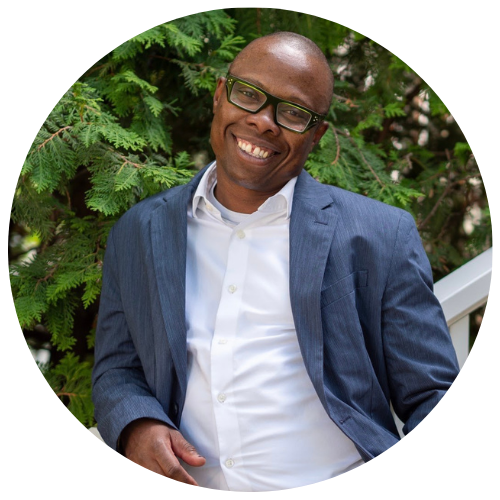 |
Dr. Michael Marshall qualified as a physician in 2001, after which he undertook his psychiatric training in the United Kingdom. While training as a psychiatrist, he developed an interest in transgender healthcare, mood disorders and the psychotherapeutic management of trauma.
While Dr. Marshall is trained as a psychiatrist, he is also trained in mental health law, EMDR, ACT and various other psychotherapeutic modalities. He is qualified in the Medical Care of Catastrophes and, as such, is well placed to manage the traumatic psychical manifestations of the current pandemic. He is interested in acute and chronic trauma, including its manifestations as well as the alleviating factors. When not seeing patients, Michael spends his time teaching, consulting and speaking internationally on gender, race and intersectionality. His interests outside of work include art collecting, reading, sport and travel. |
DOI: Dr. Marshall is Founder and Medical Director of The Wellness Centre. He is Cofounder of Transtant Consulting—an agency that enters organizations, businesses and governments to audit and report on internal systems, policies and practices, offering suggestions and training that result in safer spaces for 2SLGBTQ+ staff, clients and others. Dr. Marshall is also the president of the Canadian Professional Association for Transgender Health and a board member of the World Professional Association for Transgender Health.


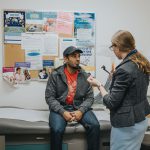
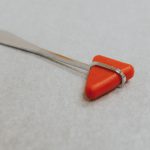


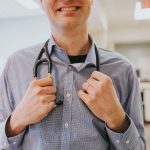



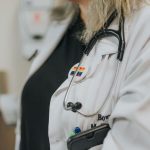


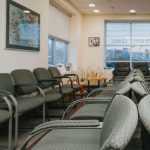

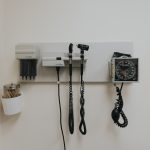


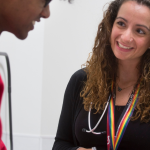
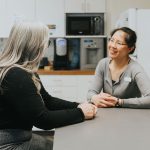

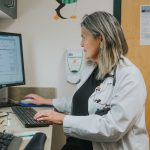


Comments for this post are now closed. If you would like to share your feedback on this topic, please email support@cpsa.ca.